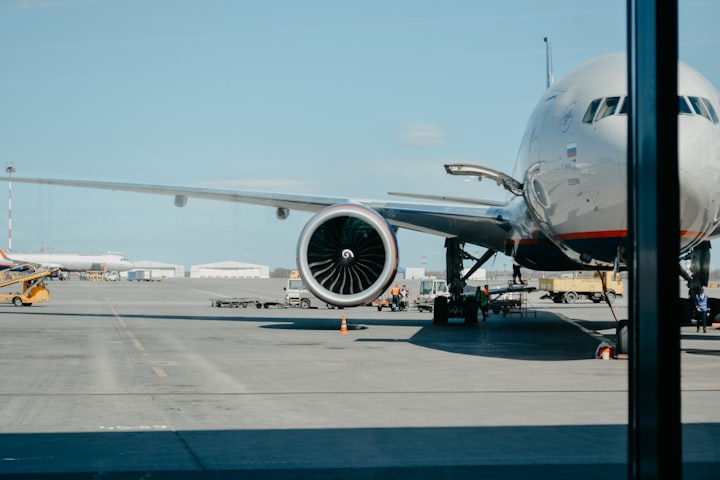
The aviation industry has faced unprecedented challenges due to the COVID-19 pandemic, which has had a profound impact on global travel and the overall economy. The industry has experienced a significant downturn, with airlines grappling with a sharp decline in passenger demand, travel restrictions, and various operational and financial hurdles.
One of the major challenges faced by the aviation industry is the severe drop in passenger demand. As countries implemented travel restrictions and lockdown measures, people canceled or postponed their travel plans, leading to a massive decrease in the number of passengers. Airlines have had to drastically reduce their flight schedules, leading to a significant decrease in revenue and operational inefficiencies. This has resulted in airlines facing financial difficulties and having to make tough decisions, such as furloughing employees, cutting routes, and even filing for bankruptcy.
Travel restrictions and border closures have further exacerbated the challenges. Many countries imposed strict entry requirements, quarantine measures, and flight bans, severely limiting international and domestic travel. This has disrupted the global connectivity of the aviation industry and significantly impacted the movement of people and goods. The lack of coordination among countries in terms of travel regulations and testing requirements has also added complexity and uncertainty for both airlines and passengers.
Operational challenges have also emerged as airlines navigate the pandemic. Health and safety protocols have become a top priority to ensure the well-being of passengers and crew. Airlines have had to implement rigorous cleaning and sanitization procedures, enforce social distancing measures, and adopt new boarding and deplaning processes. These operational changes require additional resources and may result in longer turnaround times and reduced capacity.
Financial challenges have hit the aviation industry hard. Airlines have been faced with reduced revenue streams and increased costs associated with safety measures and operational adjustments. The high fixed costs of the industry, such as aircraft leases, maintenance, and personnel, have created significant financial strain. Many airlines have sought government assistance, implemented cost-cutting measures, and raised additional capital to stay afloat during this difficult period.
Furthermore, the uncertainties surrounding the duration and extent of the pandemic have made planning and forecasting extremely challenging for airlines. The dynamic nature of the situation, including the emergence of new virus variants and fluctuating vaccination rates, has made it difficult to predict when travel demand will recover. This uncertainty has made it challenging for airlines to make informed decisions regarding fleet size, route networks, and workforce planning.
The recovery of the aviation industry is contingent on various factors, including the effective rollout of vaccination programs, the lifting of travel restrictions, and the restoration of passenger confidence. However, even as travel resumes, the industry will continue to face challenges in rebuilding demand. Consumer behavior may change as individuals prioritize safety and reassess the necessity of travel. Business travel, which was a significant revenue driver for airlines, may also experience long-term shifts as virtual meetings and remote work become more prevalent.
In response to the challenges, the aviation industry has demonstrated resilience and adaptability. Airlines have implemented flexible ticket policies, introduced innovative health and safety measures, and accelerated the adoption of digital solutions to enhance the customer experience and operational efficiency. Collaborative efforts between governments, airlines, and industry stakeholders have aimed to establish consistent health protocols and restore traveler confidence.
Ultimately, the aviation industry's recovery will require a combination of effective public health measures, supportive government policies, and strategic decision-making by airlines. The industry will need to embrace digital transformation, prioritize sustainability, and adapt to evolving passenger expectations. By navigating these challenges, the aviation industry can eventually regain its strength and play a vital role in connecting people, cultures, and economies once again.
About the Creator
Noel
Ink and Inspiration: The Journey of a Powerful Writer
be-blessed






Comments
There are no comments for this story
Be the first to respond and start the conversation.